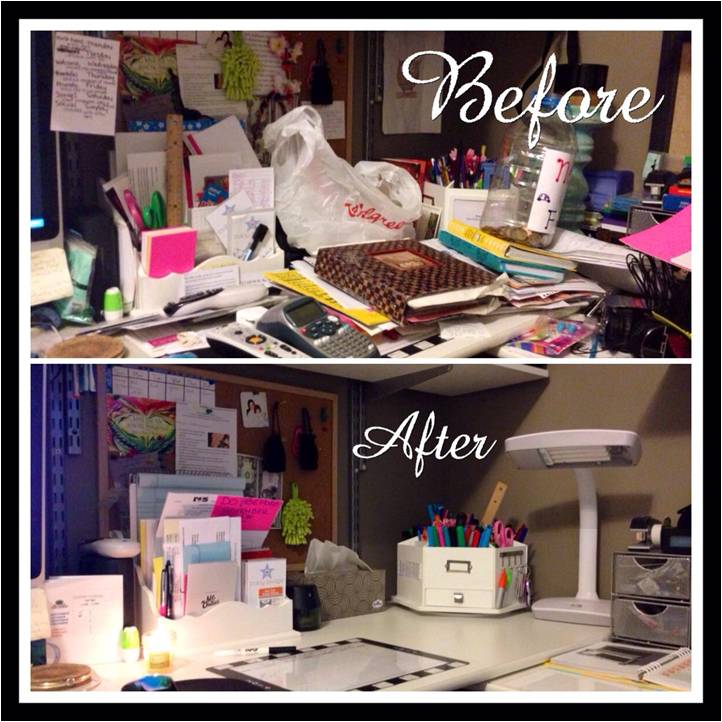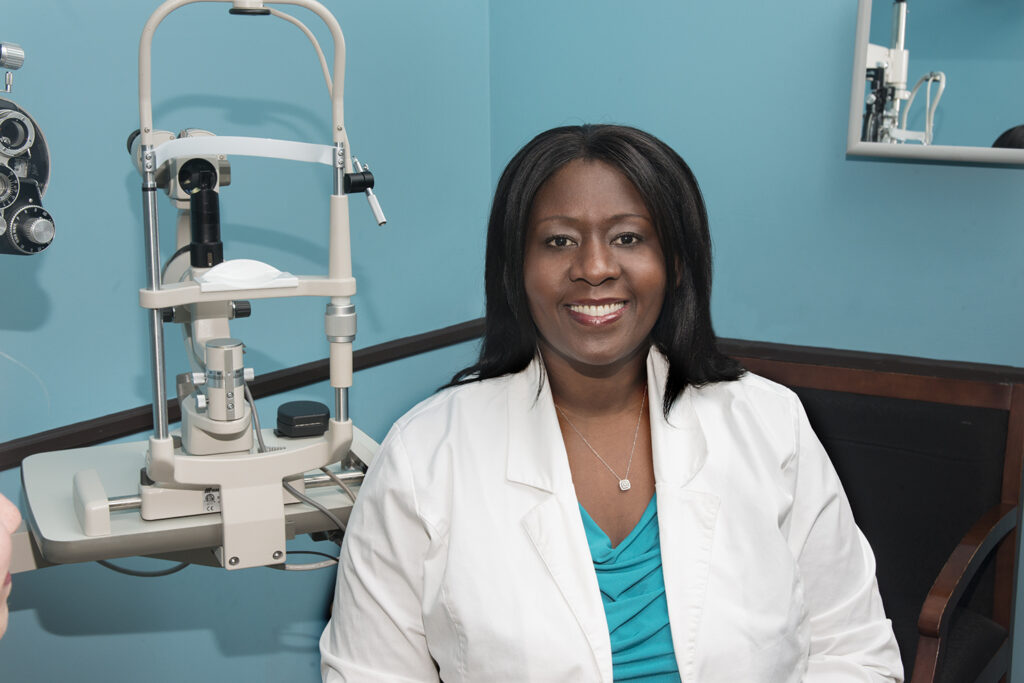Patient Experience vs. Patient Satisfaction – Is There a Difference?

Have you ever wondered why some patients don’t return to your practice, even when you believe you’ve provided excellent care? In the early years of my practice, we faced this very issue—a low patient return rate—and I couldn’t understand why. My team and I were compassionate, competent, and caring, so why weren’t patients coming back?
It wasn’t until we began asking for feedback that we had an epiphany. We realized that there’s a difference between patient experience and patient satisfaction.
The Key Difference Between Patient Experience and Patient Satisfaction
Patient satisfaction is largely subjective, whereas patient experience is more objective. Two patients could receive identical care, yet one might be satisfied while the other is not—due to differing expectations.
The distinction is important because patient experience and satisfaction are often used interchangeably, even though they measure different things.
- Patient Experience: This refers to the sum of all interactions a patient has with your practice, shaped by your organization’s culture and systems. The patient experience process influences the patient’s perceptions across their entire health care journey.
- Patient Satisfaction: This focuses on how content a patient feels with specific aspects of their care. Satisfaction is subjective and often tied to the patient’s expectations for their encounter.
Understanding this difference between patient expectation and patient satisfaction is crucial because it can guide how you improve your practice.
Functional Expectations of Patients
One of the first steps to improving patient experience is addressing functional expectations—the measurable, objective aspects of a patient’s visit.
Based on years of experience and patient feedback, I’ve identified three key functional expectations that influence patient experience.
1. A Clean and Organized Professional Setting
Patients expect your office to be clean and well-organized. A messy office can undermine their confidence in the quality of care they will receive. This may seem like a simple expectation, but it’s one that has a profound effect on patient trust. Here are two practical examples…
Example 1:
The picture below is an exaggeration of the difference between a clean and a messy desk, but it’s a great visual. If you had to choose where you get your exam, would you pick the office with the desk in the before or the after picture?

The choice is obvious! All of you would pick the office with the desk in the “After” picture above. A clean, organized, and professional setting enhances the patient experience and your success.
- Example 2: In our office, we started by regularly inspecting our space from the perspective of a new patient. We developed an opening and closing maintenance checklist to ensure the office always looks its best.
- Story: We once had a patient comment that our updated waiting area made her feel more comfortable and confident in her care. This simple adjustment in cleanliness and organization improved her perception of the entire experience.
Tips to maintain a clean and organized professional Setting:
- Create a daily checklist to maintain cleanliness.
- Assign a team member for inspections or hire a cleaning service.
- Walk through your office from a patient’s perspective and ask yourself: “Would I get my exam here?”
2. Accurate Services and Products
Patients expect their vision care to be accurate. While they may not understand the technicalities of their prescription, they expect a clear and comfortable vision. Any errors in their glasses or contact lenses can shake their confidence in your practice.
- Example: Most patients aren’t concerned with the specifics of their prescription, like whether it’s +5.25 -3.75 X 042 with a +2.75 add. All they really want is to see clearly and comfortably, often hoping for a simple solution like contact lenses that eliminate the need for glasses altogether. If you can’t make that happen, their confidence in you can quickly waver. All humor aside, accurate prescriptions are where it truly counts. No matter how great everything else is in your office, if a patient can’t see well with their new glasses, their trust in you will diminish.
If there’s ever an issue with a patient’s eyewear, my advice is simple: “just fix it.” In the long run, it’s far more profitable to keep your patients happy and ensure they continue returning to your practice. Empowering them with the right solution builds lasting loyalty.
Did you know that your service and product accuracy is determined by your spectacle remake ratio?
The average benchmark for Spectacle remakes in the optical field is15%
While the industry average for remakes is 15%, high-performing practices aim to keep that number below 5%. You can easily find your remake ratio using your practice management software—just look at your remakes over the past year (or any time frame you choose). If your ratio is 5% or lower, great job! If it’s higher, it’s time to set a goal to reduce it and check your progress monthly until you hit your target.
In our office, we’ve reduced our spectacle remake ratio to less than 2%. Here’s the formula we use to track it:
Remake Ratio = (# of Remakes / # of Glasses Dispensed) x 100
By tracking this regularly, we’ve built a reputation for accuracy, ensuring our patients receive the right prescription the first time.
3. Timely Delivery of Services and Products
Time is valuable, and patients expect to be in and out of your office within an hour. If appointments take longer, dissatisfaction rises—even if the care itself is flawless.
Generally, patients expect to be in and out of our offices in 1 hour or less. In fact, on Eyemed’s website they tell their patients to expect the following from the eye doctor:
- The average appointment takes between 30 minutes and one hour. If your eyesight requires multiple tests or if you have a more complex problem, the exam may run longer or require subsequent visits. Plan for an hour to be on the safe side.
- How long do patients usually spend in your office? To find out, have your team track each patient’s time from check-in to check-out for a month. This will give you a clear idea of your average appointment time. If it’s under an hour, great! If it’s over an hour, there’s room to improve.
When we first did this, our average was 95 minutes—over an hour and a half! Most of that extra time was spent during check-in and in the optical area. Here’s what we did to reduce it to under 60 minutes:
- We had patients fill out their forms online before their appointment.
- We verified insurance benefits the night before.
- We used the time saved at check-in to help patients select their frames early.
These simple changes cut our appointment time by 30%. Patients noticed and appreciated the faster, more efficient visits.
Emotional Expectations: The True Measure of Success
Functional expectations are important, but emotional expectations often play a larger role in patient satisfaction. Emotional expectations encompass the patient’s need for empathy, connection, and trust.
In my next article, I’ll dive deeper into emotional expectations and how they can elevate the patient experience to new heights.
Call to Action
Want to take control of your patient experience and satisfaction? Join our CEO of YOU® Business Coaching Program to learn how to enhance your practice and deliver exceptional care. Our program will help you create systems that address both functional and emotional expectations, ensuring your patients not only come back but rave about your practice!
Sign up today at CEO of YOU® Private Practice Membership.
If you’ve enjoyed this article, share it with your friends and colleagues, and leave a comment below. Let’s keep the conversation going and continue building thriving practices together!
By focusing on the distinction between patient experience and satisfaction, you can cultivate a practice that meets both the objective needs and emotional desires of your patients. Start implementing these tips today to see the difference!





Responses